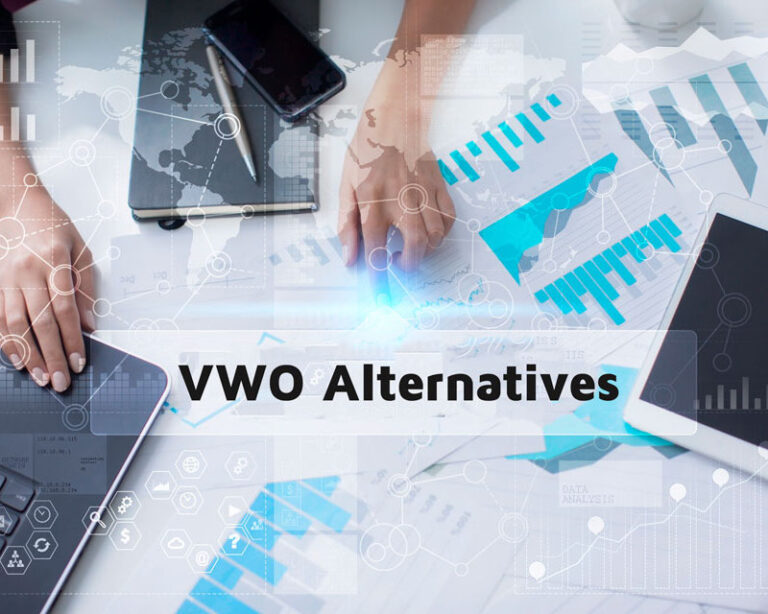
The influencer marketing industry has traditionally lacked benchmarks. There has never been industry consensus around the best way to measure, with widely differing approaches and methodologies in play. Every influencer collaboration is different, and as PepsiCo’s Westley explains: “Influencer marketing will always have this human element to it that turnkey paid media won’t, so some of these metrics still have to account for the human side of things, and the natural reaction influencers might have to campaigns.”
Increasingly, brands are learning that these human elements, including real-world interactions, need to be attached to a trackable, digital call to action, in order to support measurement.
Being able to link influencer marketing to revenue and sales is ‘the golden ticket’, as Christina Westley, Head of Influencer Marketing at PepsiCo Content Studio puts it.
Having the ability to measure against all meaningful objectives is critical to ensuring longevity for this sector of marketing. While some of the experts interviewed for Econsultancy’s Influencer Marketing Best Practice Guide are confident in their measuring capabilities, other disclosed that they are still on a journey, continually refining how they measure, with some way to go before they are able to equate influencer marketing to sales.
This briefing, an excerpt from Econsultancy’s Influencer Marketing Best Practice Guide, includes sections on:
- The measurement checklist
- What data matters most
- How to measure sales generated from an influencer partnership
- Trackable links and codes





